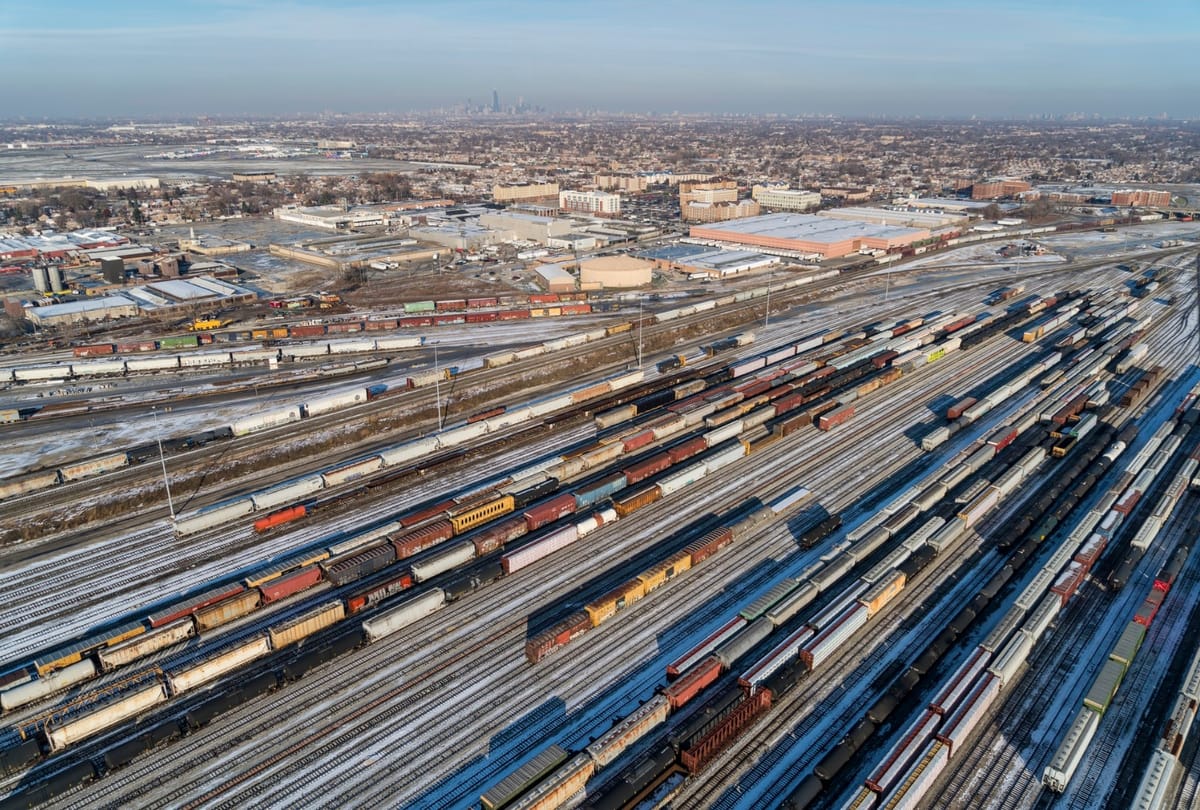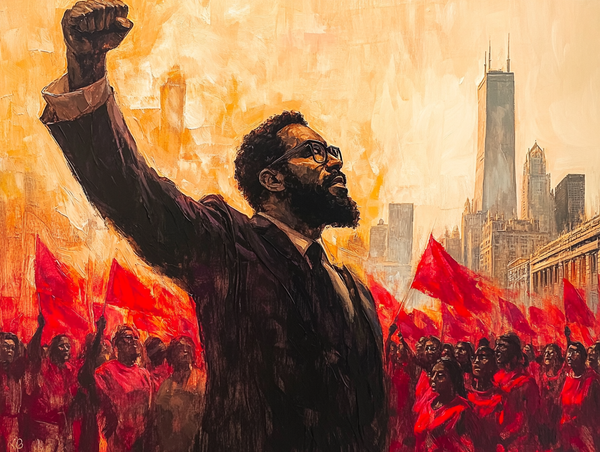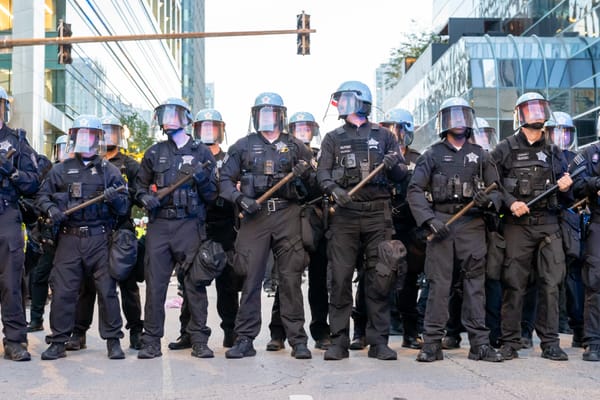Commuters dodge headaches as freight-rail strike averted
A deal reached Thursday between freight rail companies and their workers has ensured that commuter rail systems that also would have been affected can serve customers unimpeded.

By MATTHEW BARAKAT | AP Business Writer
ARLINGTON, Va. (AP) — A deal reached Thursday between freight rail companies and their workers has ensured that commuter rail systems that also would have been affected can serve customers unimpeded.
That's good news for commuters on the Virginia Railway Express outside the nation's capital, which will continue the free rides it's been offering the entire month of September to lure back riders lost during the pandemic.
Regular riders had been making contingency plans — most of which involved driving on the region's notoriously clogged highways because there are few mass-transit alternatives for many customers of the VRE, which serves residents of the area's far-flung suburbs.
At the Crystal City station on the VRE, commuter Thomas Good of Woodbridge said he’s been enjoying the free September rides on a service that runs toward the pricey side — a one-day pass costs nearly $25 on the longest rides. He said he likely would have been forced to drive if a strike occurred, but was ready to adapt to whatever evolved.
“Flexibility has been the word” in recent years, he said. “I think we can figure it out.”
VRE is one of many commuter rail systems that could have been forced to shut down on Friday had freight workers gone on strike because it does not own its own tracks and relies on the freight rails.
VRE CEO Rich Dalton said word of the last-minute deal announced Thursday morning by President Joe Biden “is most welcome and should allow the Virginia Railway Express to serve commuters in the commonwealth without interruption."
Some commuter lines would have been affected; others would not. It depended largely on whether the commuter line owns its own tracks or uses tracks owned by the freight companies.
The largest commuter rail systems, all in metropolitan New York, would not have been affected, but the Metra system in Chicago said before the deal was announced that it was expecting disruptions on at least four of its 11 lines.
Commuter rail services in the the Maryland suburbs of Washington, D.C., Los Angeles and San Francisco Bay areas would have also been affected by a strike. The Sounder system in the Seattle area would have been forced to shutter. About 5,000 people ride Sounder trains each day — down from about 20,000 before the pandemic. In greater Minneapolis, transit agencies had planned to offer bus service to replace commuter rail service that would be forced to suspend on the smaller Northstar service.
The Association of American Railroads, which represents the freight rail industry, estimated that half the commuter rail systems in the country depend at least in part on tracks owned by the affected freight railroads.
John Cline, director of government relations for the Commuter Rail Coalition, an industry trade group, said there are 36 commuter rail lines in the U.S., and the impact on each would have ranged from “potentially catastrophic” to negligible. And there was little the commuter systems could do but wait to see how it played out.
“We’re kind of like innocent bystanders,” he said.
VRE spokeswoman Karen Finucan Clarkson said preliminary data for September shows average daily ridership approaching 10,000 one-way trips during the free-ride promotion. That's almost double the average ridership of 5,125 trips in August, but still well below the pre-pandemic ridership of more than 18,000 trips.
Associated Press writers Sarah Brumfield in Silver Spring, Maryland; Steve LeBlanc in Boston; Gene Johnson in Seattle; Roger Schneider in Chicago; Olga Rodriguez in San Francisco and Doug Glass in Minneapolis contributed to this report.

The Chicago Journal needs your support.
At just $12/year, your subscription not only helps us grow, it helps maintain our commitment to independent publishing.
If you're already a subscriber and you'd like to send a tip to continue to support the Chicago Journal, which we would greatly appreciate, you can do so at the following link:
Send a tip to the Chicago Journal






